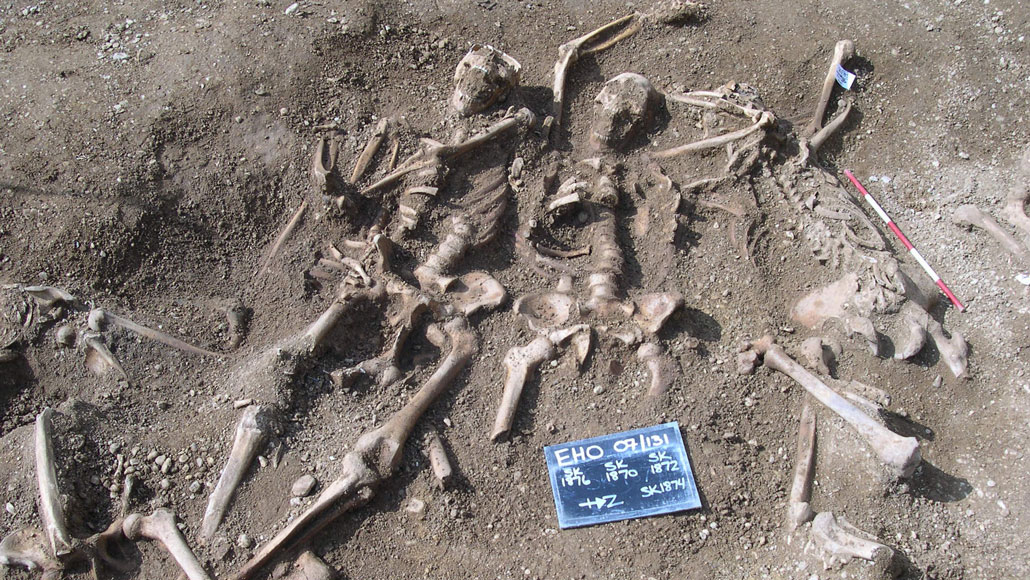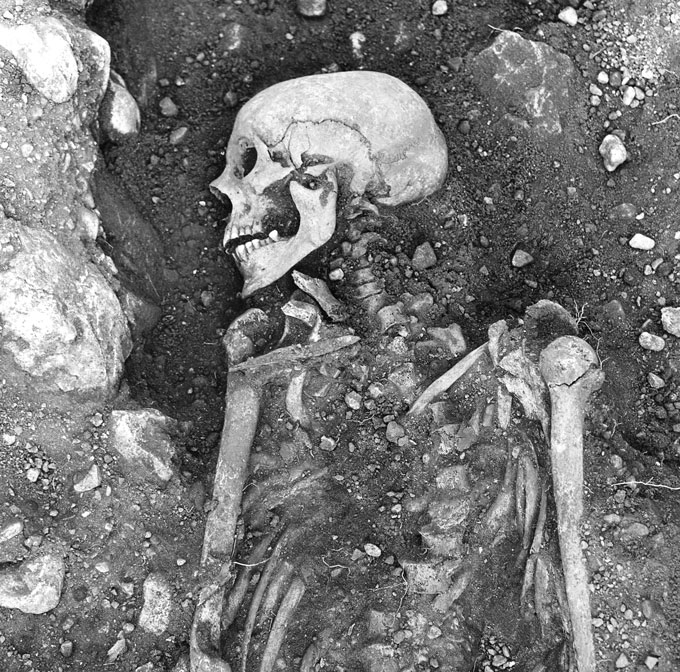Ancient DNA suggests Vikings may have been plagued by smallpox
Viral genetic material in human remains pushes infections back to the 600s

People living over 1,000 years ago — including some who may have been Vikings, like these individuals found in a mass grave in Oxford, England — were infected with ancient, now-extinct strains of the virus that causes smallpox. Direct evidence from viral DNA shows that smallpox has been infecting humans since at least the year 603.
Thames Valley Archaeological Services








